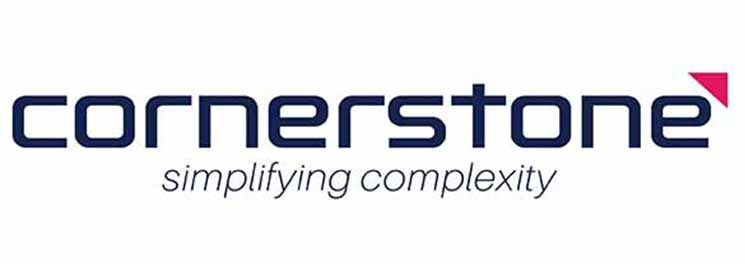
Silencing noise in the supply chain: People, systems, and tools
Supply chain noise can manifest in various forms, creating inefficiencies and distractions that hinder optimal performance. Understanding and managing this noise is crucial for improving your supply chain’s effectiveness and reducing unnecessary costs and delays.
Noise is a defining factor of life in the 21st century, and it comes in many forms. We’ve got quiet, loud, discordant, harmonic and in-tune noise; as well as the colourfully named white noise, brown noise, pink noise and green noise. It can be continuous, intermittent, low or high frequency or even impulsive. It should therefore come as no surprise that noise also exists in most Supply Chains – sometimes a low hum, sometimes a dull (or not so dull) roar.
As we consider the importance of the humble post-implementation review and the fundamental importance of remaining vigilant in your Supply Chain improvement work, it’s time to take a deeper dive into the concept of Supply Chain noise. What is it, what causes it and – perhaps most importantly – how can you eliminate or minimise it?
What do we mean by supply chain noise?
Let’s start by making it clear that supply chain noise is not a technical term, and we sometimes hear it called different things (friction, for example). Essentially, when we refer to supply chain noise, we’re talking about those background factors that are adding cost, time and other inefficiencies to your planning and execution processes.
It’s all those things you find yourself doing and managing that don’t add any value, but take up enough time, resources and attention to be flagged as a distraction.
Broadly speaking, the vast majority of supply chain noise falls into three buckets: people, system and processes. Each flavour of noise is likely to have its own unique timbre and decibel rating, depending on the unique characteristics of the environment, however some of the more common examples are outlined below.
People noise:
System noise:
Process noise:
Is there a solution to end all supply chain noise?
Whatever you happen to call it, unfortunately there is no “silver bullet” solution to noise in your supply chain. Even the most well-oiled supply chains will experience some level of disruption to their systems, people or processes from time-to-time. The question is really how much you’re able to tolerate, as balanced against the time-and-resources required to manage or fix it.
If a source of noise is causing enough strain to warrant a cure, the usual process of identify, mitigate, resolve will always apply. Having a robust and effective root cause analysis process will always stand you in good stead; as well as ongoing change management protocols to support adoption.
The key message could well be to let go of the idea of perfection. Ensure you’re comfortable with a little bit of background noise and develop the right mindset of continuous improvement to manage what must be managed. In our experience, it’s a far more productive strategy (not to mention less disruptive) than relying on taking quantum leaps every few years.
As the project management experts at Quay Consulting like to put it, it’s all about building delivery and performance into your DNA: “If you’re not in the habit of making small, frequent changes; you’re definitely not going to be good at making the big changes when you need them.”
Cornerstone Performance Management are enablers of change and transformation in Supply Chain, Information Management, Financial Planning & Analytics, Management Consulting, Project Management, and Managed Application Services. Meet our team or reach out to have a discussion today.





